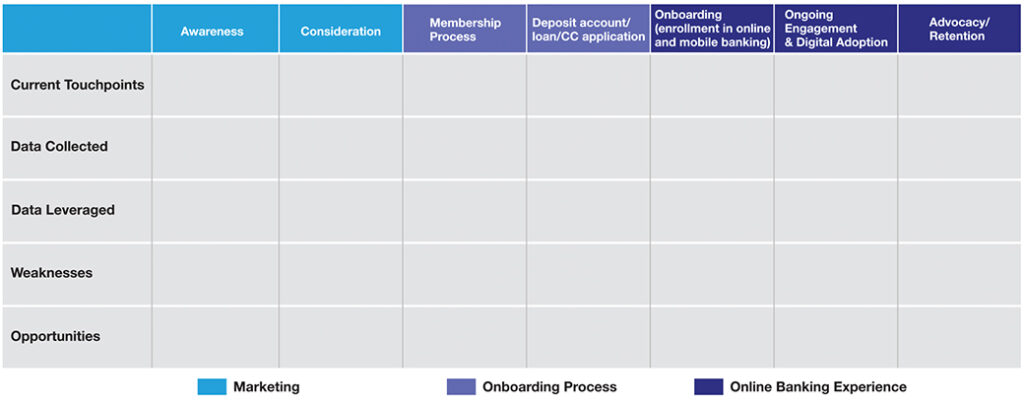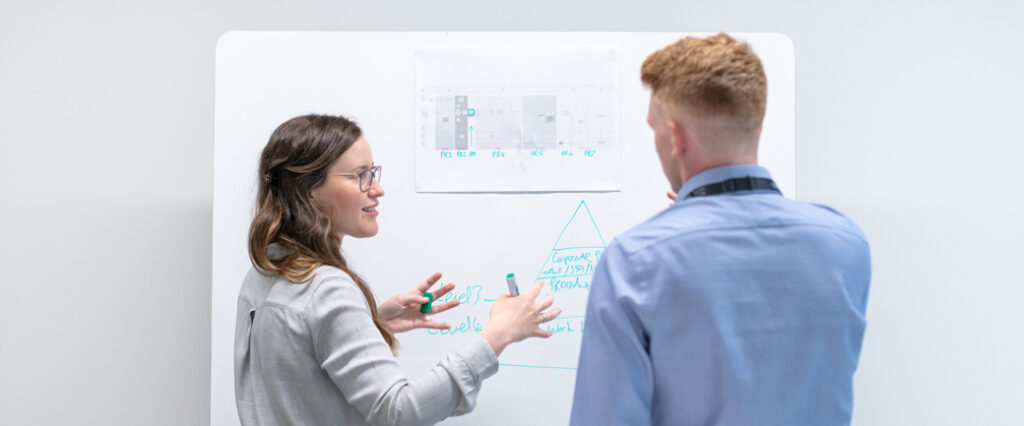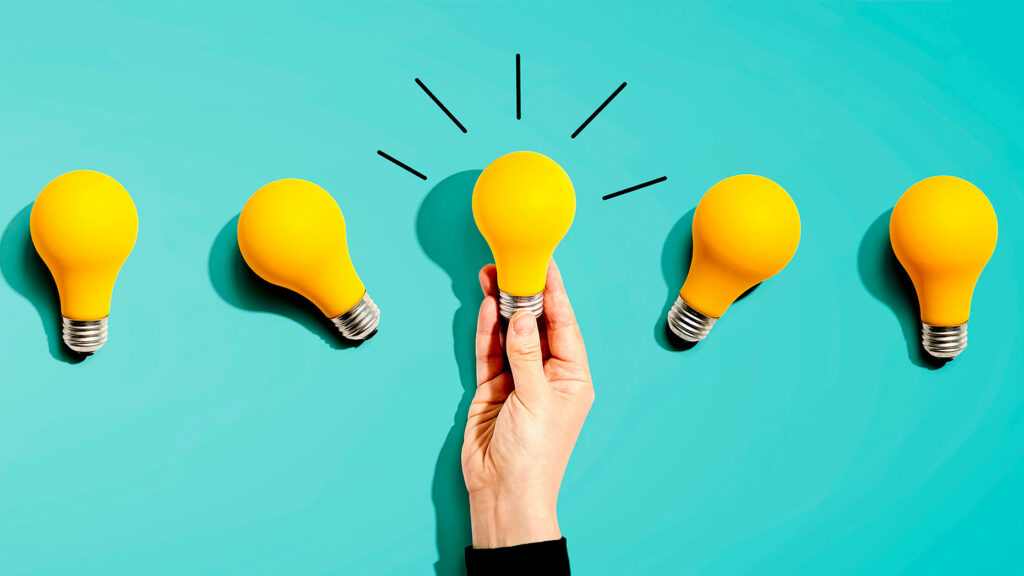It’s no secret that audiences expect a more sophisticated level of personalization than ever before. The ability and necessity to create these experiences both online and offline has led to thinking beyond typical audience personas.
Digital experience has now become how brands are measured, along with the transactions and interactions that customers have. The digital stakes are higher than ever.
For years, I’ve seen customer journey mapping and documentation change as technology has evolved. Below are some approaches to modernizing your customer journey mapping to deliver the most optimized digital experiences.
Incorporating Journey Science to Analyze Customer Behavior

Data is an integral part of understanding your customers’ online and offline behaviors as they interact with your product or service. As part of your mapping experience, you also need to consider all the data that you are able to collect and leverage throughout these touch points. This exercise is also a good opportunity to find any gaps in your customer’s behavioral data that need to be addressed for analysis.
Here are some of the outcomes you can expect from this exercise:
- Identify current use cases in member/prospect journey lifecycle
- Document relevant member and prospect data used or missing in analysis/insights
- Brainstorm improvements/areas of opportunity in journey lifecycle that tie back to business, product, and technical priorities
See the sample mapping exercise below, related to a financial services pre- and post-member journey:

The Experience Design Methodology
To tackle all these new interaction touch points, you need to add new dimensions to the previous systems. You need to go deeper in order to go broader — beyond design systems, and beyond visual interfaces or just UX. Experience thinking allows a researcher to understand multiple levels of interactions and journeys that affect the user or customer.
An experience system may include a mesh of UI and visual elements, behavior, logic, data, and integrations; they encompass all the different elements that make up a digital experience. Your mapping document can be updated regularly and shared with other internal stakeholders for feedback purposes. More importantly, it’s a multi-layer approach to customer journey research.
Effectively Mapping Out the Lifecycle Funnel

As a marketer, it’s still critical to understand your product or service’s unique funnel from TOF to BOF and how that impacts the overall journey. Throughout the mapping exercises, spend some time doing a deep dive into digital analytics touch points that are tied to the overall customer journey lifecycle.
Make Experimentation Part of the Process

Don’t be afraid of experimentation as part of your customer journey mapping; in fact, embrace it. In addition to the other suggestions above, go ahead and also create several customer behavior hypotheses for each action you want a user/customer to take or complete. By documenting this, you can then add different types of testing models needed to validate your journey assumptions. You can also update this exercise regularly with testing feedback and analysis to further improve the different experiences. For more insights on product experimentation best practices, read Optimizely’s article on how companies can successfully create a culture of experimentation.
Join Us at the 2022 CXFS/NGCX Customer Innovation Conference
We’re excited to lead a session on Customer Journey Mapping at the upcoming CXFS/NGCX Customer Innovation Conference happening July 19th-20th. If you plan to attend, please come see our team at this workshop or at our exhibitor booth.
If you can’t attend but would still like to talk to us about how you can modernize customer journey mapping at your organization, drop us a line – we’re here to help.

